by Carole Andrejko
(Millsboro, DE)
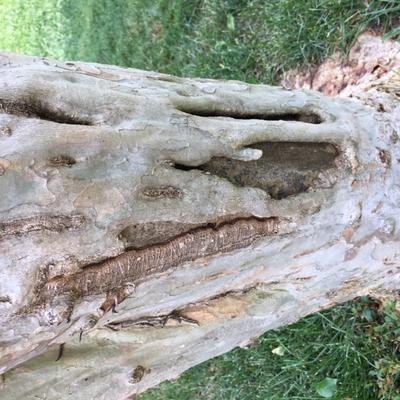
Trunk
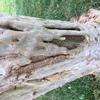
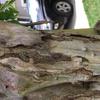
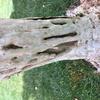
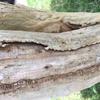
We live in Delaware and one of our Crepe Myrtle trees has issues with the trunk as evidenced by various photos. Our landscaping department in our community has no information as to what is happening, but suggests we apply an insect control formula. At first he asked if we thought it was ambrosia beetles, but we never saw any evidence of them. He never saw any type of trunk problem such as we have.
Comments for Crepe Myrtle tree
| Jun 19, 2019 |
Whatever it is… by: Jacki Cammidge, Certified Horticulturist This looks to me like the initial damage was done a long time ago, and you’re just noticing it now. With that much bark removed, it’s likely that this tree is a goner. Sorry. Trees live on the sap that rises from the roots via the cambium layer, which is directly underneath the bark. Whatever you do now won’t mend the damage. I’ve seen a beautiful maple tree that was over six feet across make a recovery by grafting over the damage with small twigs (from higher up in the canopy) but realistically, this is not for the faint of heart, or the horticulturally challenged. I suggest planting a new tree close by to take over from the existing tree, once it’s run its course. Maybe if it is some kind of boring beetle, a different genus would be best. |


